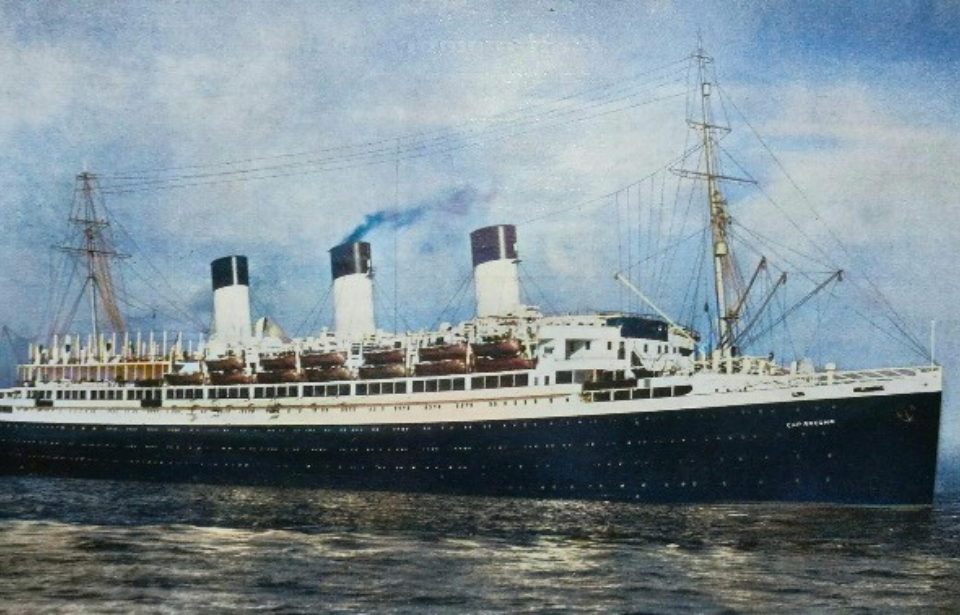The SS Cap Arcona was at the heart of one of the largest loss of life incidents during the Second World War. Compared to events where those onboard were enlisted men, she was used as a prison ship housing thousands of concentration camp prisoners who’d been moved once the Allies had started liberating camps throughout Germany and Eastern Europe.
The SS Cap Arcona prior to World War II
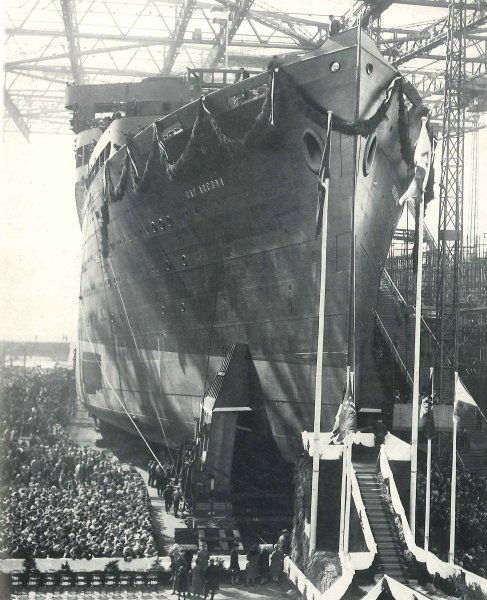
The SS Cap Arcona was laid down in July 1926 and launched just under a year later. She was designed as a large German ocean liner and used to ferry passengers between Germany and South America as the flagship of the Hamburg Südamerikanische Dampfschifffahrts-Gesellschaft (Hamburg-South America Line).
Cap Arcona could carry 575 first-class, 275 second-class and 465 other passengers. She was a modern ship, equipped with a full-sized tennis court on the top deck, as well as four additional decks. Her maiden voyage saw her travel to Buenos Aires, departing on October 29, 1927. Although she wasn’t the only ship traveling this way, she was undoubtedly the fastest, with speeds of around 20 knots.
The SS Cap Arcona‘s wartime service
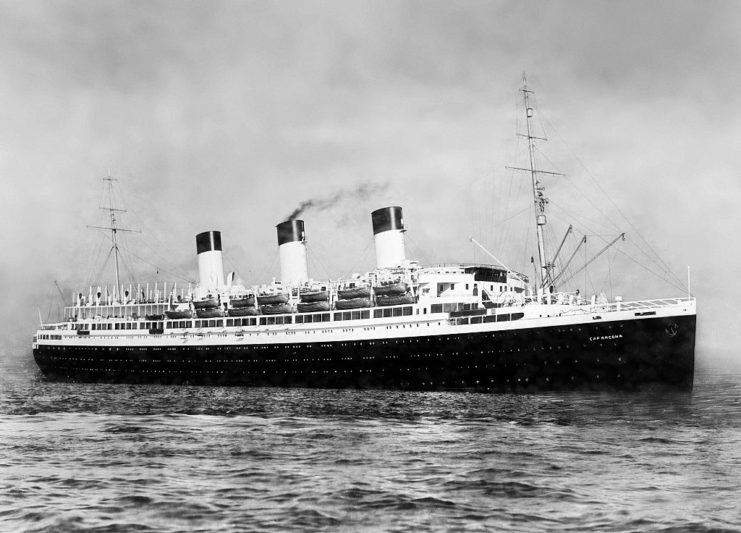
After years of service, the SS Cap Arcona was requisitioned by the Kriegsmarine for use during World War II. She served as an accommodation ship in the port of Gotenhafen, before being used as a mock version of the RMS Titanic during the filming of a German propaganda movie about the disaster. The feature was intended to show Germany had superior filmmakers, and stated the ship’s sinking was the result of enemy capitalism.
There were numerous German characters added to the film, to show the country’s citizens were braver and stronger than other sailors on the Titanic.
After her brief time in film, Cap Arcona aided the evacuation of German forces from East Prussia, as they were under attack by the Red Army. Between January 31 and March 30, 1945, the ship made three trips, carrying a total of 25,795 passengers, across dangerous waters containing enemy submarines and sea mines. Although her role was significant in rescuing German soldiers, the repeated voyages wore out Cap Arcona‘s turbines, and she was decommissioned.
Use as a prison ship
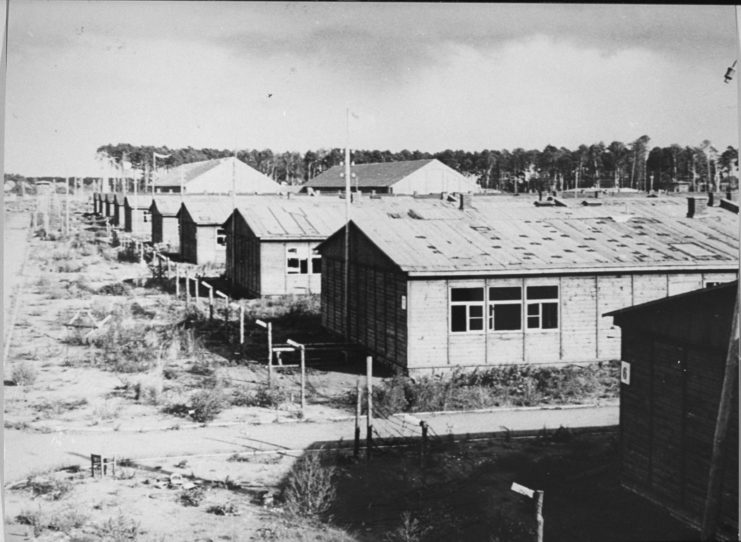
The SS Cap Arcona was, again, put into service in early 1945 to move prisoners from Neuengamme, Mittelbau-Dora and Stutthof concentration camps. The Allies were advancing further into German-occupied territory by this point, and the prisoners were told they were being moved to a different and more secret camp operated by guards who’d escaped the liberation of Sachsenhausen.
To keep them hidden, the SS organized a fleet of older ships to house the prisoners. As well as Cap Arcona, the vessels making up the fleet were Deutschland, the SS Thielbek and the SS Athen.
The prisoners – totaling between 7,000 and 10,000 – were taken aboard and locked below deck with no food, water or much-needed medical care. Although German officers would later testify at war crimes trials that the ships were supposed to travel to Sweden, in reality it’s believed they were going to be sunk by German aircraft or submarines.
Sinking of the SS Cap Arcona
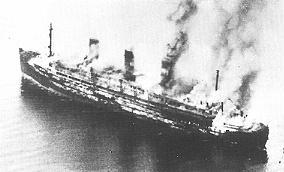
As it happened, it wasn’t the Germans the prisoners needed to fear. It was the British. The Royal Air Force (RAF) had received intelligence that many high-ranking German commanders were trying to escape to Norway by using false identities. The ships sitting in Lübeck Bay were believed to be there for this purpose and became the target of an RAF attack on May 3, 1945.
Just a day before, Red Cross officials had reached out to British Intelligence to tell them about the prisoners onboard the vessels, but the information wasn’t given to 83 Group, 2nd Tactical Air Force, who led the strike. As remembered by Derek Stevenson, one of the strike’s leaders, “We had been in action for days blowing up railways, refineries and ships. For us this was just another job, but knowing the SS were on board made us all the more determined to destroy the ships.”
The aerial attack on Cap Arcona left her badly damaged and in flames, yet many SS members escaped by jumping overboard. Unfortunately, the prisoners locked below deck couldn’t do the same. Those who managed to escape also had to contend with RAF aircraft firing at them from above.
Remembering the prison ship’s sinking
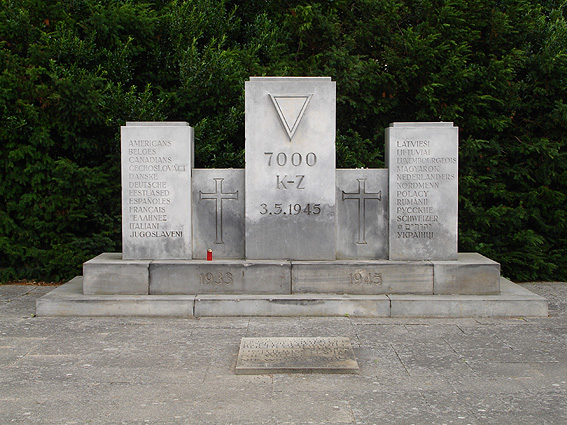
As one of the pilots, Allan Wyse, later recalled, “We used our cannon fire at the chaps in the water…we shot them up with 20 mm cannons in the water. Horrible thing, but we were told to do it and we did it. That’s war.” Those who made it through this fire and were able to swim ashore had to face the German soldiers waiting to shoot them. Of the prisoners onboard the SS Cap Arcona, only 350 survived.
More from us: IJN Shinano: The Largest Warship Ever Sunk By a Submarine
Are you a fan of all things ships and submarines? If so, subscribe to our Daily Warships newsletter!
The devastating attack on the fleet has been memorialized in the surrounding communities where the victims’ bodies washed ashore for over 30 years. They were buried in mass graves. Alongside them are the dead from the SS Thielbek, whose survivors only amounted to 50 prisoners. Those aboard Deutschland were fortunately moved onto Athen before the ship sank.
